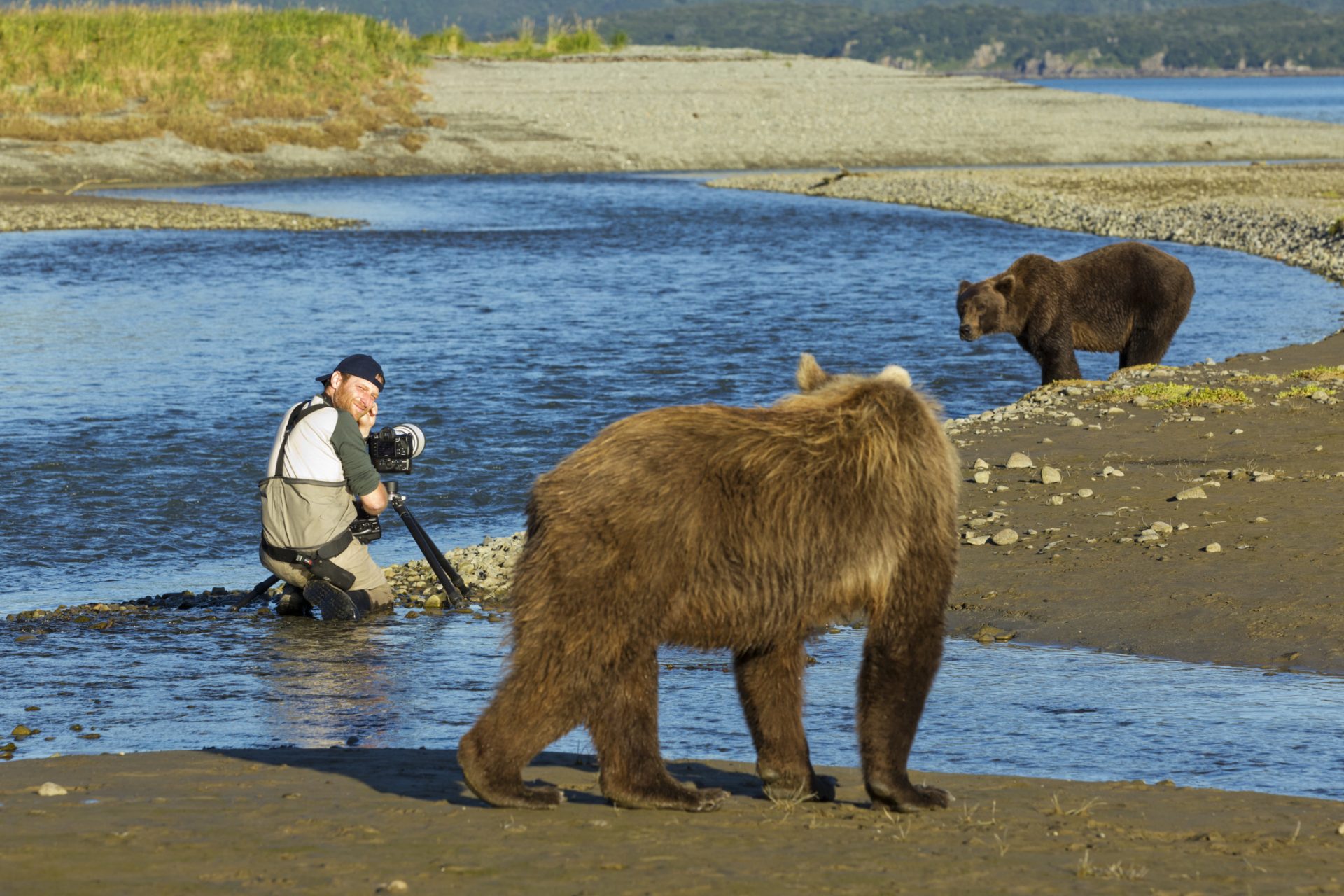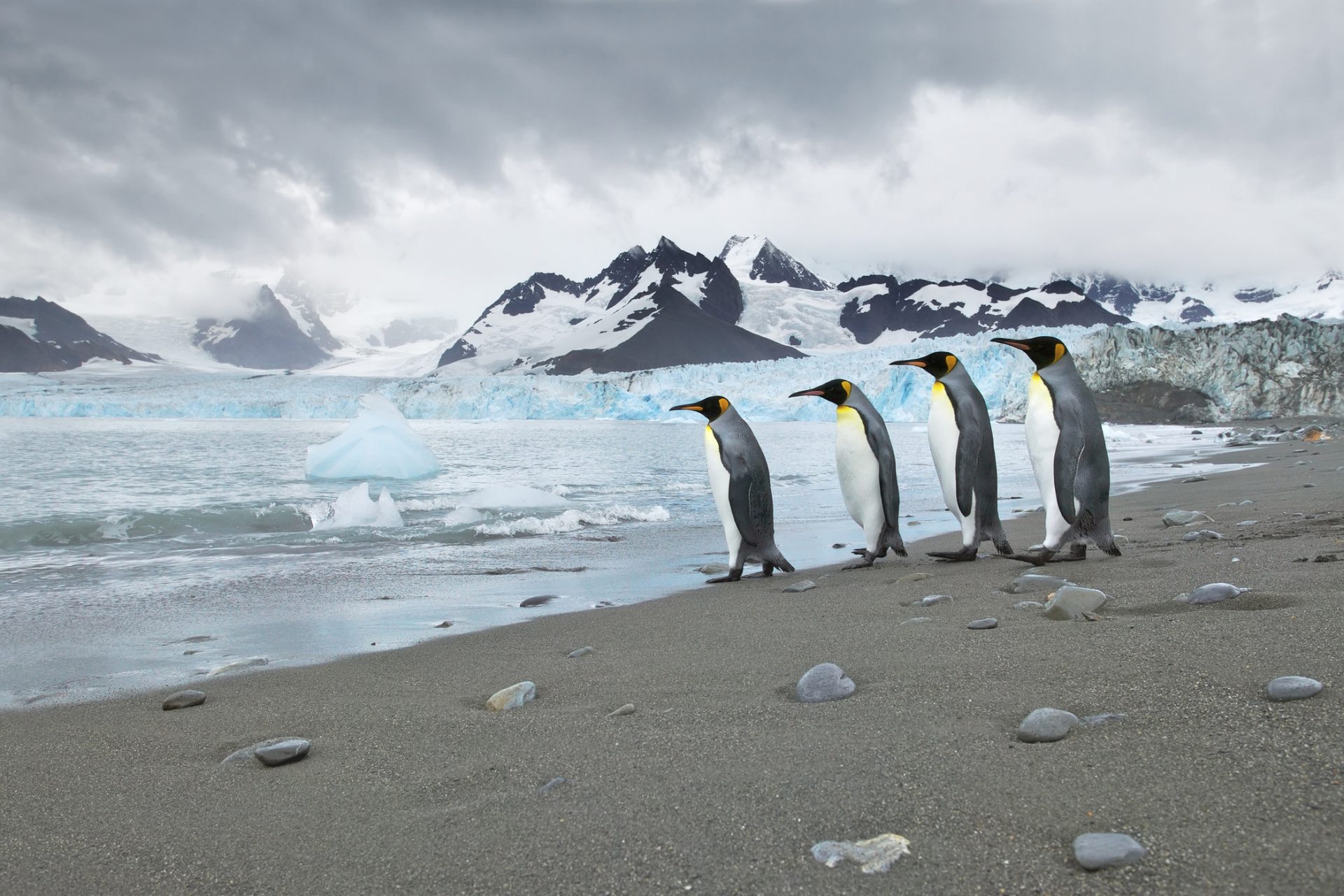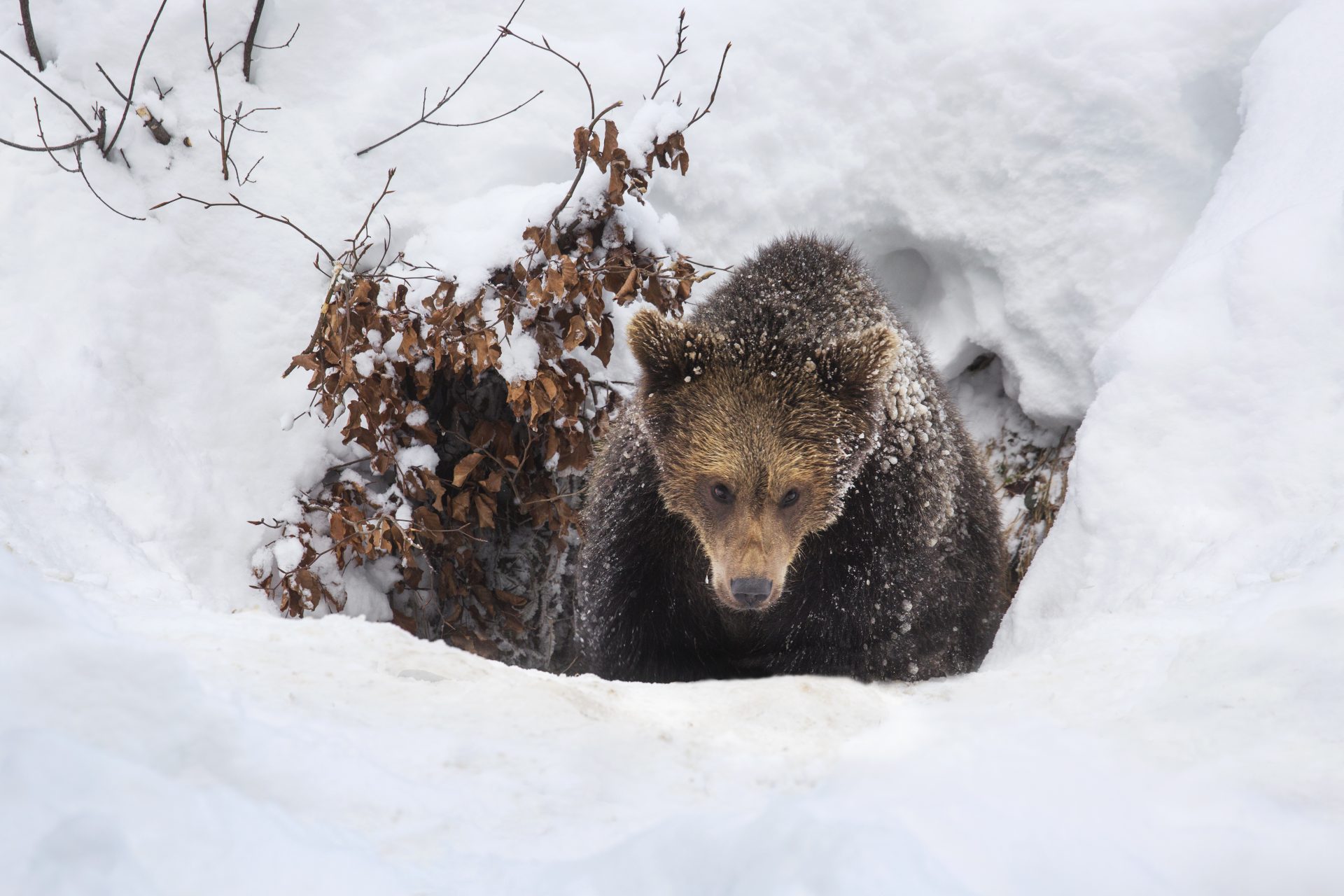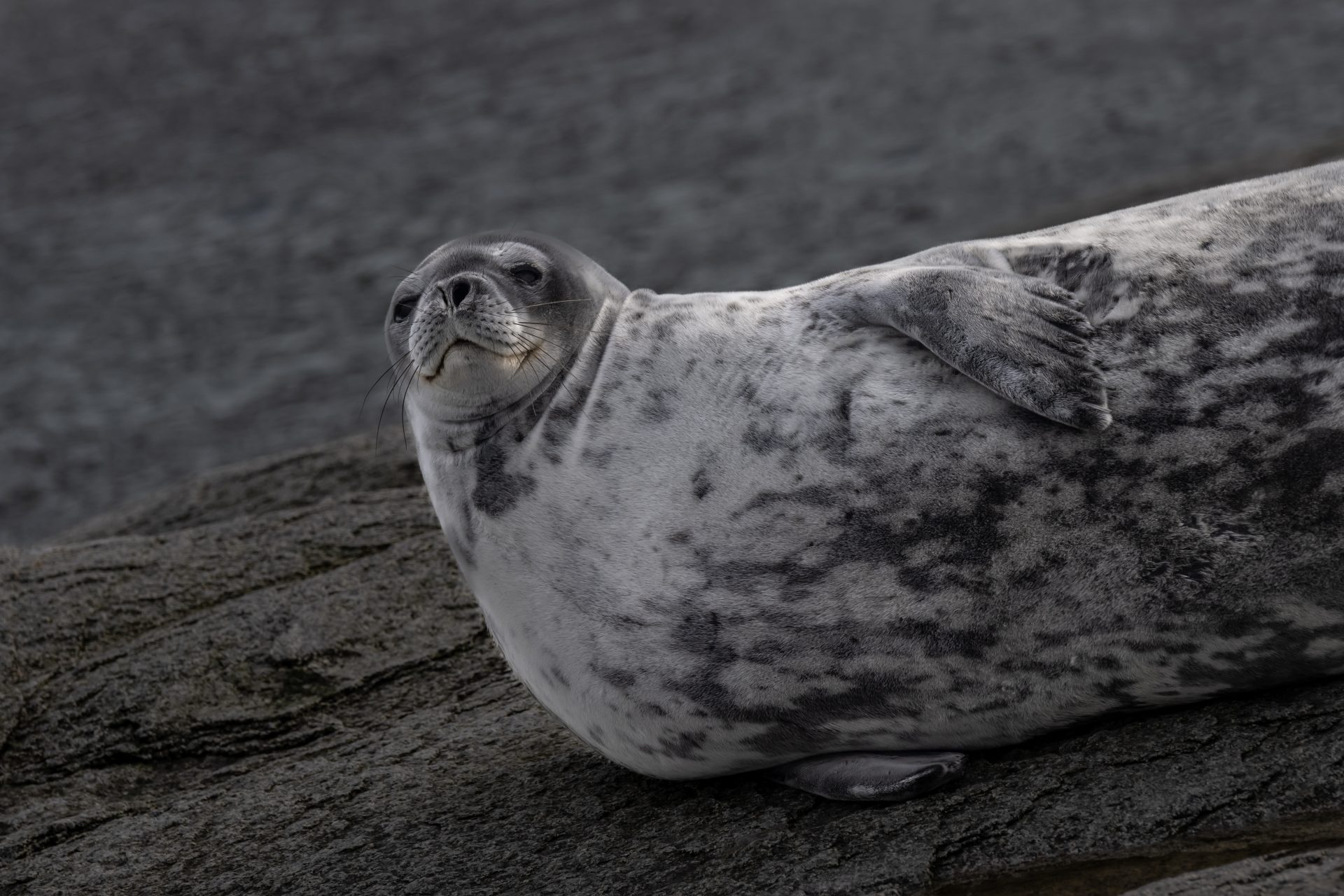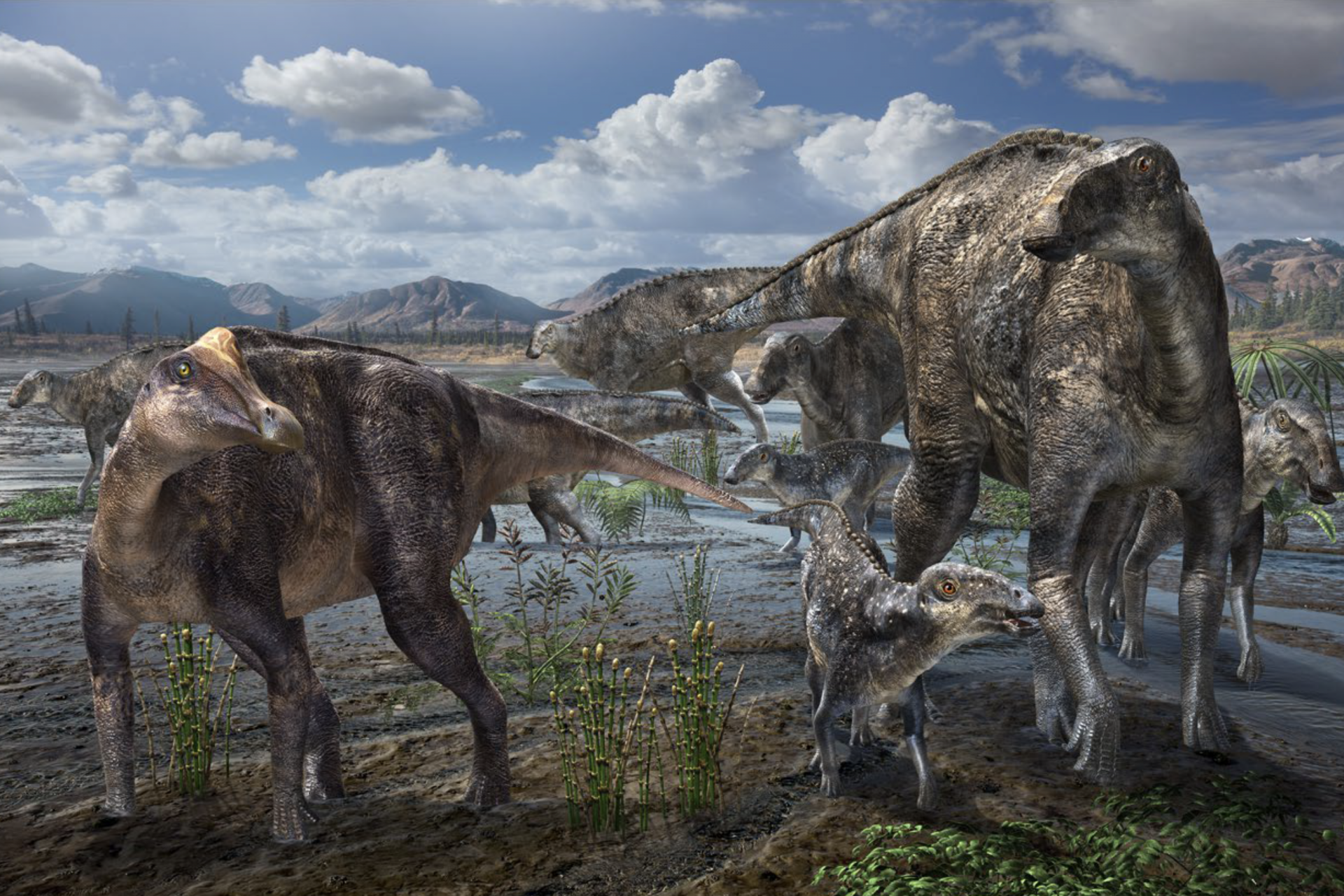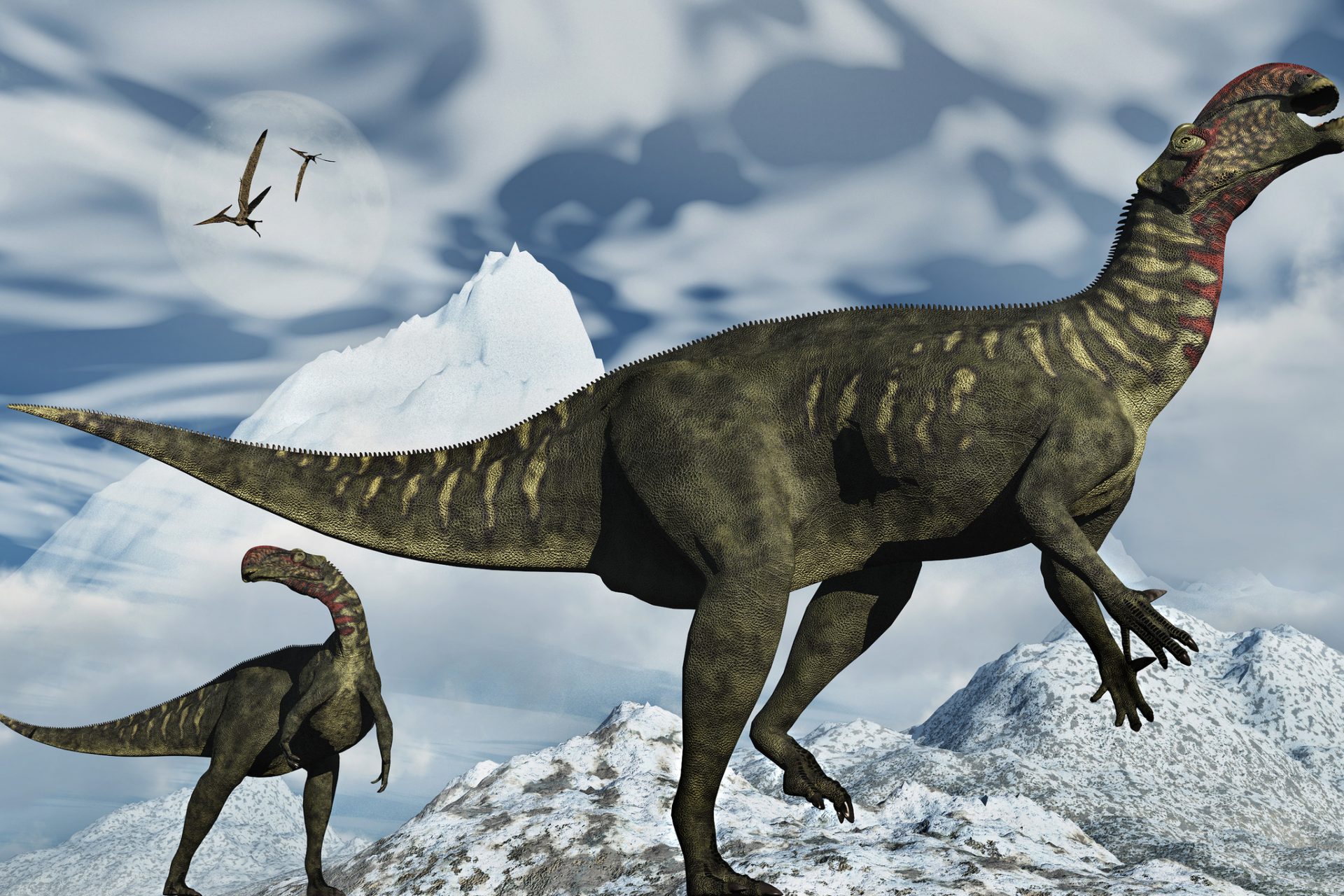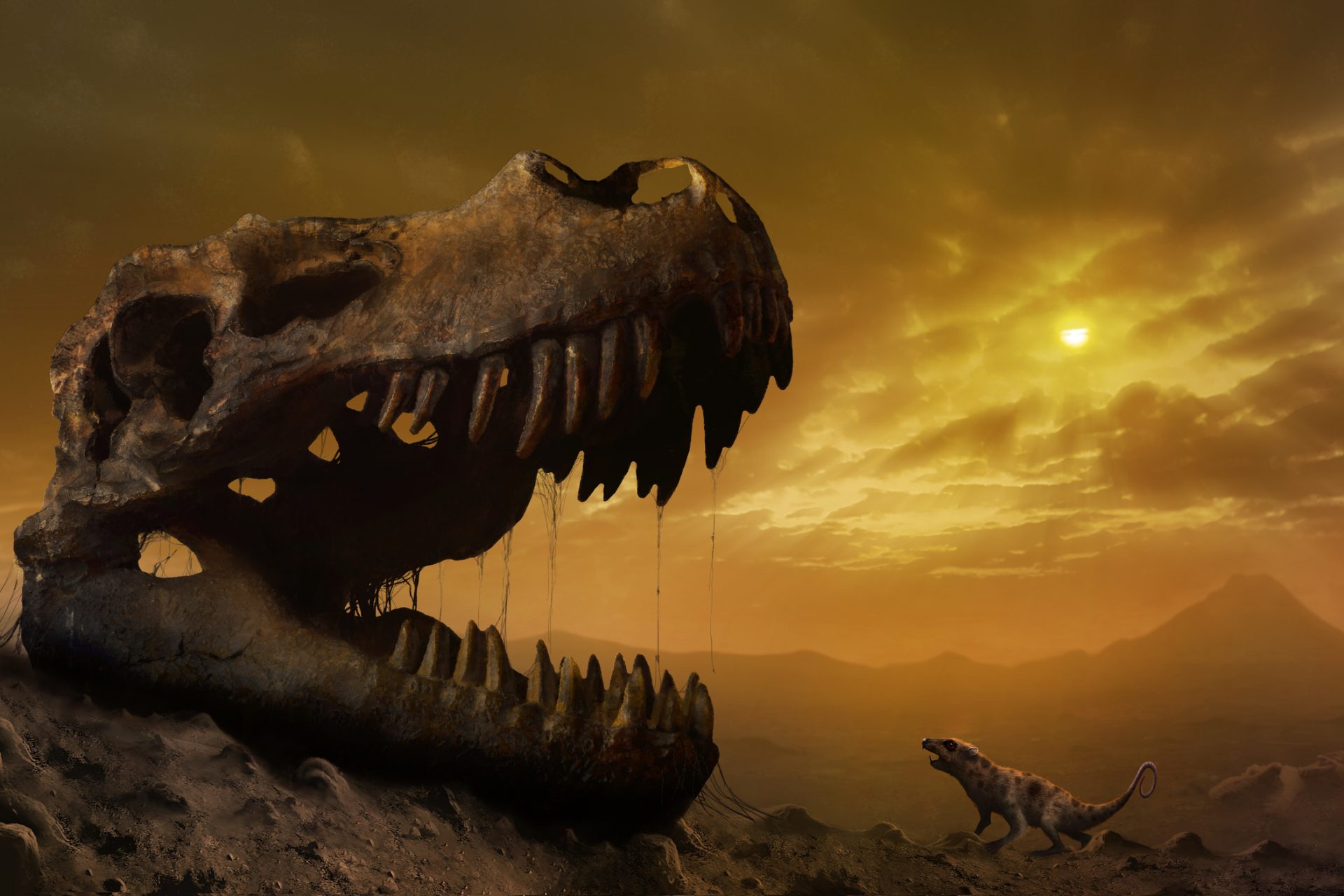Dinosaurs might have completely disproven an accepted scientific rule
Everything scientists thought they knew about the evolution of body sizes on our planet has been called into question by a new study that questions an old theory and presents new evidence about how animals evolved.
Biologists have assumed that animal body sizes correlate to their external environment ever since German researcher Carl Bergmann noticed something intriguing about many of the animals that he was studying.
Bergmann realized that animals in cold climates could be expected to have larger bodies compared to those in warmer climates according to Newsweek. This bizarre observation became known as Bergmann's Rule.
Photo Credit: Wiki Commons By Unknown Author, University Archives Rostock, Public Domain
Bergam’s Rule has been an accepted scientific principle for about one hundred and fifty years but recent research from the University of Alaska Fairbanks and the University of Reading has challenged the principle.
“Our study shows that the evolution of diverse body sizes in dinosaurs and mammals cannot be reduced to simply being a function of latitude or temperature,” said Lauren Wilson lead author of the new study.
Wilson explained that Begman’s rule only applied to a subset of homeothermic animals, which means those that can maintain their body temperature, in a statement published by the University of Alaska Fairbanks.
However, that wasn’t the study’s only finding. Bergmann's Rule not only just applies to an animal that can control its body temperature but also the principle only works when one is only looking at external temperatures.
Bergmann's Rule only applies when all other climatic variables are ignored according to Wilson, which she said meant that Bergamn’s Rule was “really the exception rather than the rule.” But how was this discovery made?
Wilson and her colleagues looked through fossil records to investigate whether or not there was a correlation between body size and climate in prehistoric times. They found little evidence that Bergmann's Rule applied.
The information analyzed included data from the most northern dinosaurs known to us at this time, those discovered in Alaska’s Prince Creek Formation. However, the fossil records did not conform to Bergmann’s rule.
Photo Credit: Wiki Commons By Artwork by Masato Hattori, CC BY 4.0
Dinosaurs from the Prince Creek Formation dataset would have had to endure “freezing temperatures and snowfalls” according to the researchers, but they found little evidence for an increase in body size for any Arctic dinosaur.
The researchers began their analysis with a simple question. They wanted to figure out if Bergmann's Rule applied to dinosaurs, and their answer was a resounding no. There are a lot of reasons why this is important.
Primarily, the researcher noted that their work showed why fossil records were still a great way to test modern scientific theories and hypotheses—which is critical when trying to understand both our past and present.
“The fossil record provides a window into completely different ecosystems and climate conditions, allowing us to assess the applicability of these ecological rules in a whole new way,” said Jacob Gardner, another lead author of the study.
Director of the University of Alaska Museum of the North and study co-author Pat Druckenmiller explained that our scientific rules should apply to fossil organisms as well as modern-day organisms.
Photo Credit: Facebook @uafairbanks
“You can’t understand modern ecosystems if you ignore their evolutionary roots,” Druckenmiller said. “You have to look to the past to understand how things became what they are today.”
More for you
Top Stories




